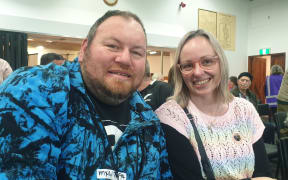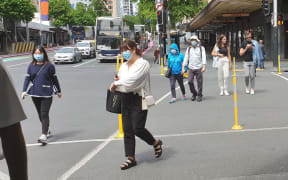Māori health providers in Taranaki fear misinformation spread via social media is partly to blame for the poor vaccination rates among Māori in the region.
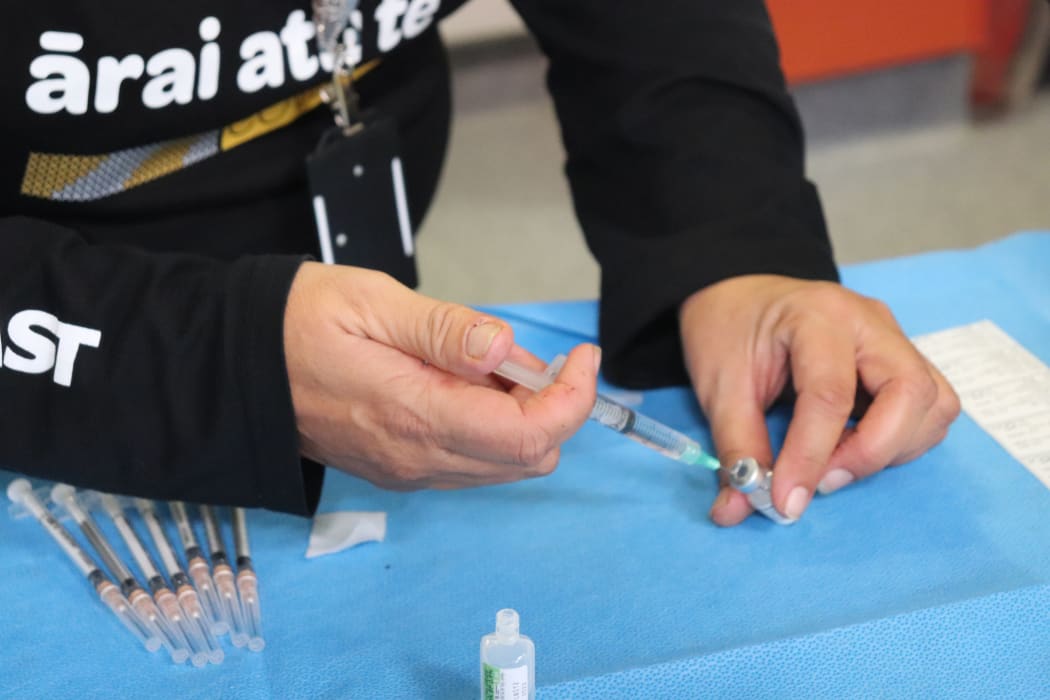
File photo. Photo: RNZ / Tom Kitchin
Currently only 1366 Taranaki Māori - or 9.66 percent aged 16-plus - have been fully vaccinated compared to 12,530 - or 13.15 percent - of the general population.
The Taranaki District Health Board cares for a population of about 120,000, of whom 20 percent are Māori.
At the recent mass-vaccination event in Stratford, 2395 vaccinations were delivered - but only 107 of those shots went into Māori arms.
That's just 4.3 percent.
The DHB said, while the vaccination rate for Māori had been slow, it was consistent with the smaller number of Māori in the older age groups offered the vaccine so far.
It expected the vaccination rate for tangata whenua to increase as younger people got the shot.
The DHB said its Māori partner-providers were not reporting a lot of vaccine hesitancy.
But South Taranaki Māori health provider Ngāti Ruanui Tahua general manager, Graham Young, was worried about it.
"We know that Māori use social media quite extensively and there's a lot of disinformation on social media, so we a cognisant of the fact that we need to counteract that.
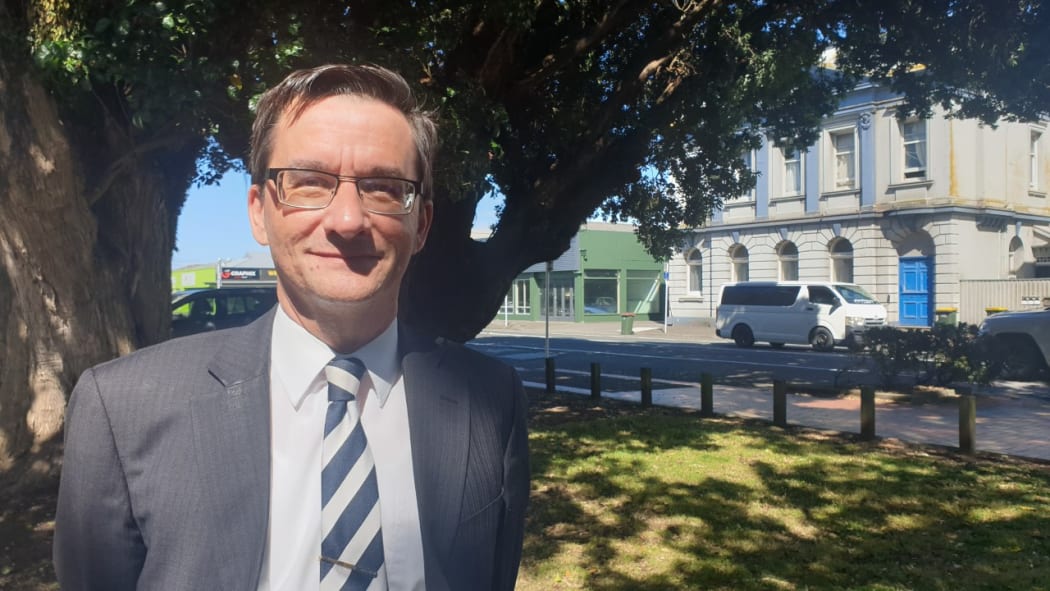
Graham Young. Photo: RNZ / Robin Martin
"And that's why the iwi in particular chose a strategy of directly approaching our people so we can get the right information to them."
He said Māori did not necessarily monitor the news as much as other demographics and were more distrustful of government proclamations.
"If they talk to people they know and people they trust like our own medical professionals and our own nursing team and people, for instance, at the rūnanga they know, who are armed with the right information, people feel more comfortable about considering that information than if they get it from a third party or even get a letter or newspaper article from the government.
"That doesn't always resonate well, so hearing it from their own often helps."
Young said that approach worked with the over 65s on Ngāti Ruanui Tahua's books - of whom he estimated 75 percent were vaccinated.
Māori health provider Tui Ora was also working with the DHB to deliver the vaccine in coastal and north Taranaki.
Chief executive Hayden Wano reckoned uptake among its older people was good too - but Tui Ora was also encountering vaccination hesitancy.
"We know that by sitting down with people and providing them with information, that has in some cases made a change for them, but then there is also a group that I would find difficult to quantify that have had clearly strong views against vaccines."
Wano also pointed to the influence of social media.
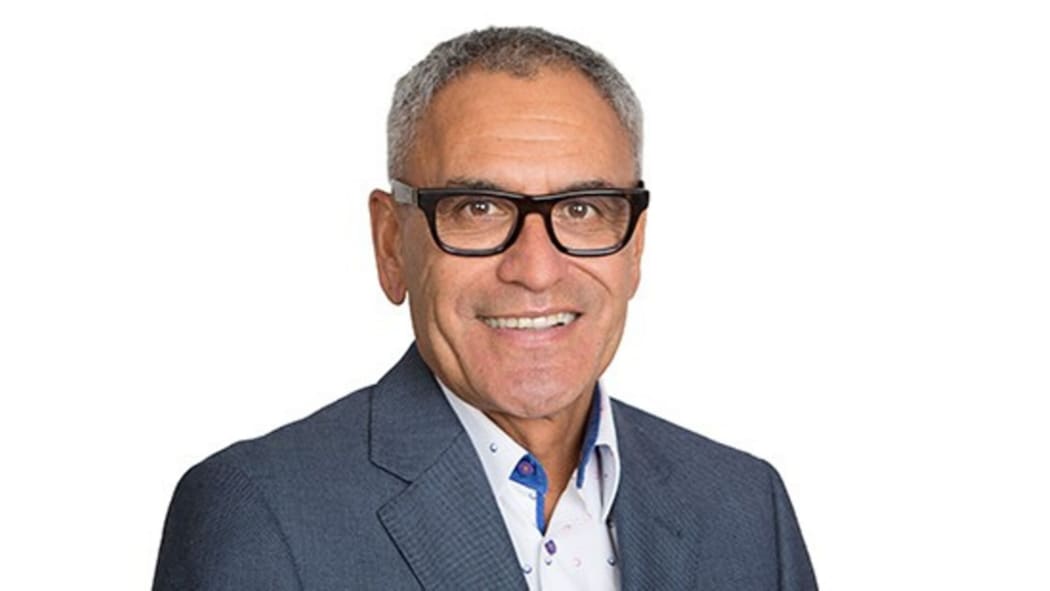
Hayden Wano. Photo: supplied
"A lot of it has come about from misinformation and a lot of that is spread through social media, so for those who have come in with their certain view but interested to find out more that is our understanding is a significant part of where that misinformation is coming from."
Wano said the challenge now was to make sure younger Māori were getting accurate information about why the vaccine was a good thing.
Māori Party co-leader Debbie Ngarewa-Packer said the average age of Māori was 28 and many did not engage with mainstream media.
Ngarewa-Packer said vaccine hesitancy translated simply as a lack of trust.
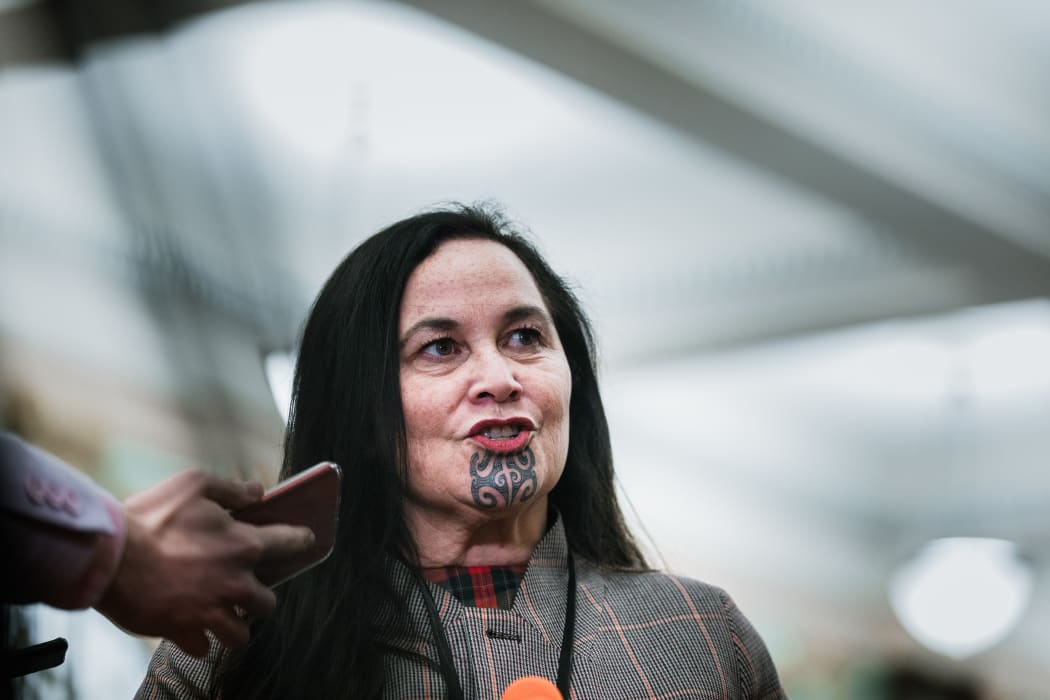
Debbie Ngarewa-Packer. Photo: RNZ / Samuel Rillstone
She thought poor Māori vaccination rates reflected the failure of the age-based vaccine rollout and an unwillingness to devolve the rollout to a by Māori for Māori model.
The Health Ministry said DHBs were rolling out several initiatives targeting Māori and Pasifika communities, in both urban and remote locations.
It was also helping to administer a $39 million package to boost Māori vaccination rates.
